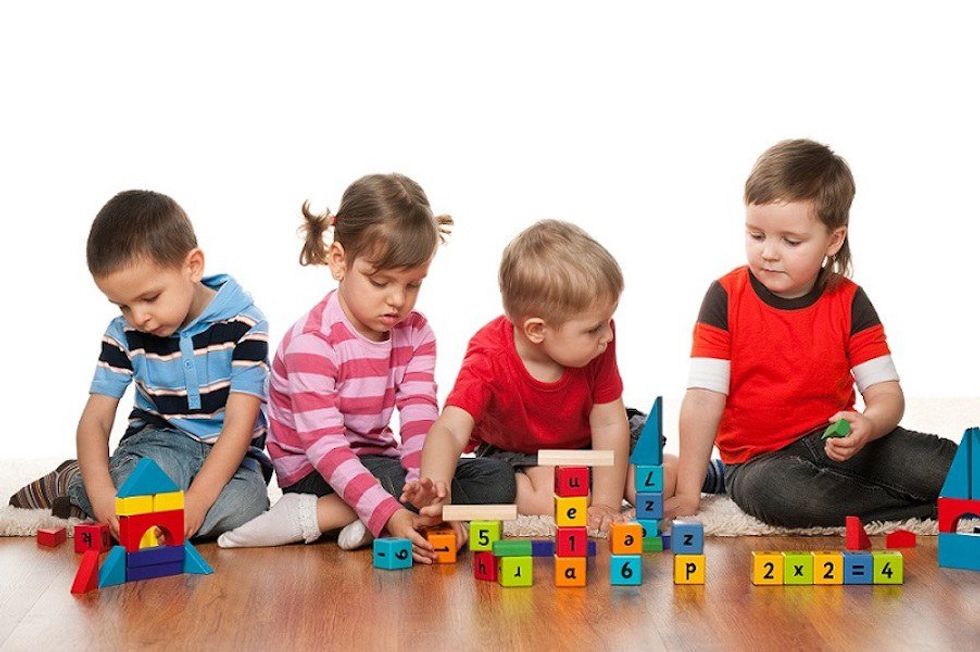I was walking on the quaint main street of Damariscotta, Maine, when an elderly man—one of those Subaru-driving and straw-hat wearing Mainers—approached a young lady who was taking a picture and said, “Is that a smart phone?” I laughed at the remark, but it didn’t take me long to realize that someday I would be the subject of laughter. Matter of fact, a couple days earlier, I was swimming in the lake with my younger cousins—ages 11 and nine—when they ruthlessly corrected me for not knowing a whale was a mammal. I wrote this incident off as a classic Sam-not-being-a-scientist moment and thought no more of it until I listened to their mom, a third-grade teacher, talk about the ways kids should be learning. One of the innovations of learning my aunt mentioned is called “brain breaks.” A brain break can be defined as a jump on the trampoline, a moment in the “peace corner,” or an impromptu cycle on the stationary bike. She claims it’s the inclusion of these timeouts and free time that breaks up the sometimes mundane learning schedule and help kids retract, step away, and refocus with better efficiency.
Having been a student teacher for the local elementary school’s kindergarten class, I recognize that different students learn different ways. I also recognize the error in binding a five or six-year-old to a series of monotonous exercises about subjects they might not find interesting. As a product of the American public school system myself, I contribute a bit of my not-knowing to the acts of monotony that I was required to complete. I did receive my high school diploma, of course, along with a poor record on multiple choice tests, an unfed academic appetite and a desire to read beyond the school work. Now of course this is not a reflection of all my teachers, or all the schools I attended, but it can be generally agreed upon that schools need to stop testing so much and start teaching differently. This can begin early on with additions like brain breaks.
I’m 18-years-old and college bound, and although I may have “gotten by” academically, my boardline-tween-aged-cousins are already headed on a better path. With a different array of unforced opportunities and unique learning exercises, the educational primer of a child can be predictably superior to the past. It begins with a healthy academic progression—the underlying foundation of material—and continues with the termination of consistent testing. Some children require a different kind of testing, something outside the lines of a multiple choice question. And it is America’s job to supply that.
Let’s face it. Kids need space, and time, to be kids. Let them be that, and as for everyone else? I suggest you take a brain break to jump in the lake with your genius cousins. You might learn something.





















